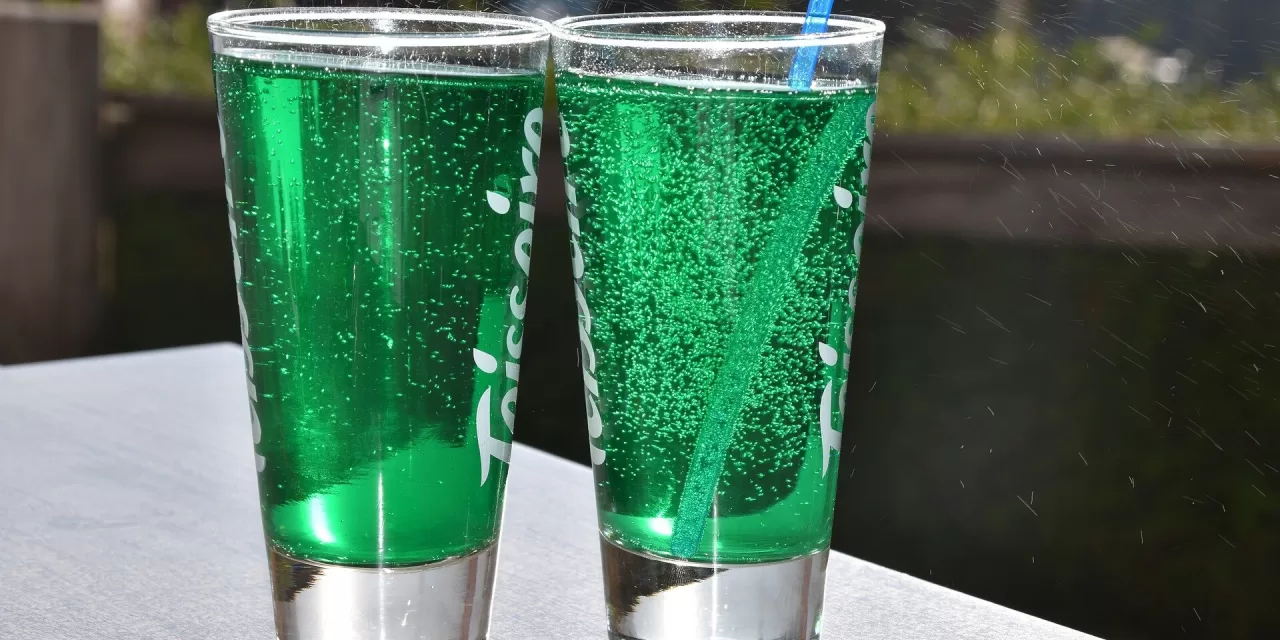In a global shift towards mindful consumption, young Australians—and their counterparts worldwide—are drinking less and less often than previous generations. While complete abstinence from alcohol isn’t necessarily the goal, moderation strategies like “zebra striping” and “damp drinking” are gaining traction, particularly on social media.
A Declining Trend in Alcohol Consumption
The proportion of young Australians who drink infrequently has been steadily rising. In 2001, only 13.6% of Australians aged 18–24 drank less than once a month. By recent estimates, this figure has increased to 20%, or one in five. Additionally, the percentage of young people who have never consumed a full glass of alcohol has more than doubled since 2001, rising from 7.5% to 16.3%.
What is ‘Zebra Striping’?
“Zebra striping” refers to alternating between alcoholic and non-alcoholic drinks during social occasions. This method effectively reduces alcohol consumption while allowing individuals to participate in drinking culture without overindulgence. Although the term is new, the practice of spacing out alcoholic beverages has long been a recommended harm-reduction strategy.
A UK study found that 25% of pub-goers alternate between alcoholic and non-alcoholic beer, indicating a growing preference for balance rather than excess.
The Rise of ‘Damp Drinking’
Unlike traditional “dry” approaches to sobriety, “damp drinking” is about reducing alcohol intake rather than eliminating it entirely. A recent survey revealed that nearly 40% of drinkers aim to drink less, whereas only 6.5% intend to quit altogether. This “99% sober” mindset allows individuals to reserve alcohol for special occasions while maintaining control over their consumption.
The Cultural Shift Behind Moderation
Several factors contribute to this generational shift in drinking habits. Young people today face increasing social and economic pressures, leading them to prioritize personal and professional growth over excessive drinking. The visibility of social media also plays a role, as many are more mindful of behaviors that could lead to regret.
Additionally, the market for zero-alcohol beverages has expanded significantly, making it easier to participate in social events without consuming alcohol. Unlike older generations that often associated drinking with celebration and bonding, younger people are increasingly questioning alcohol’s role in their lives. Binge drinking, once seen as a rite of passage, is losing its appeal.
The Health Perspective
Despite these positive trends, alcohol consumption still poses significant health risks. Australian national alcohol guidelines recommend no more than 10 drinks per week and no more than four on any given day to minimize the risk of alcohol-related diseases such as cancer and liver disease. However, 42% of young Australians still consume alcohol at risky levels.
Organizations like Hello Sunday Morning and Smart Recovery offer digital resources and support for those looking to reassess their relationship with alcohol. These programs emphasize harm reduction and self-compassion, encouraging individuals to make sustainable changes.
Conclusion
Gen Z’s approach to alcohol represents a broader shift towards mindful consumption. Whether through “zebra striping,” “damp drinking,” or simply questioning long-standing drinking norms, young people are redefining their relationship with alcohol in ways that prioritize balance, well-being, and long-term health.
Disclaimer: This article is for informational purposes only and does not constitute medical or professional advice. If you or someone you know is struggling with alcohol consumption, please seek support from a healthcare professional or a specialized support organization.











